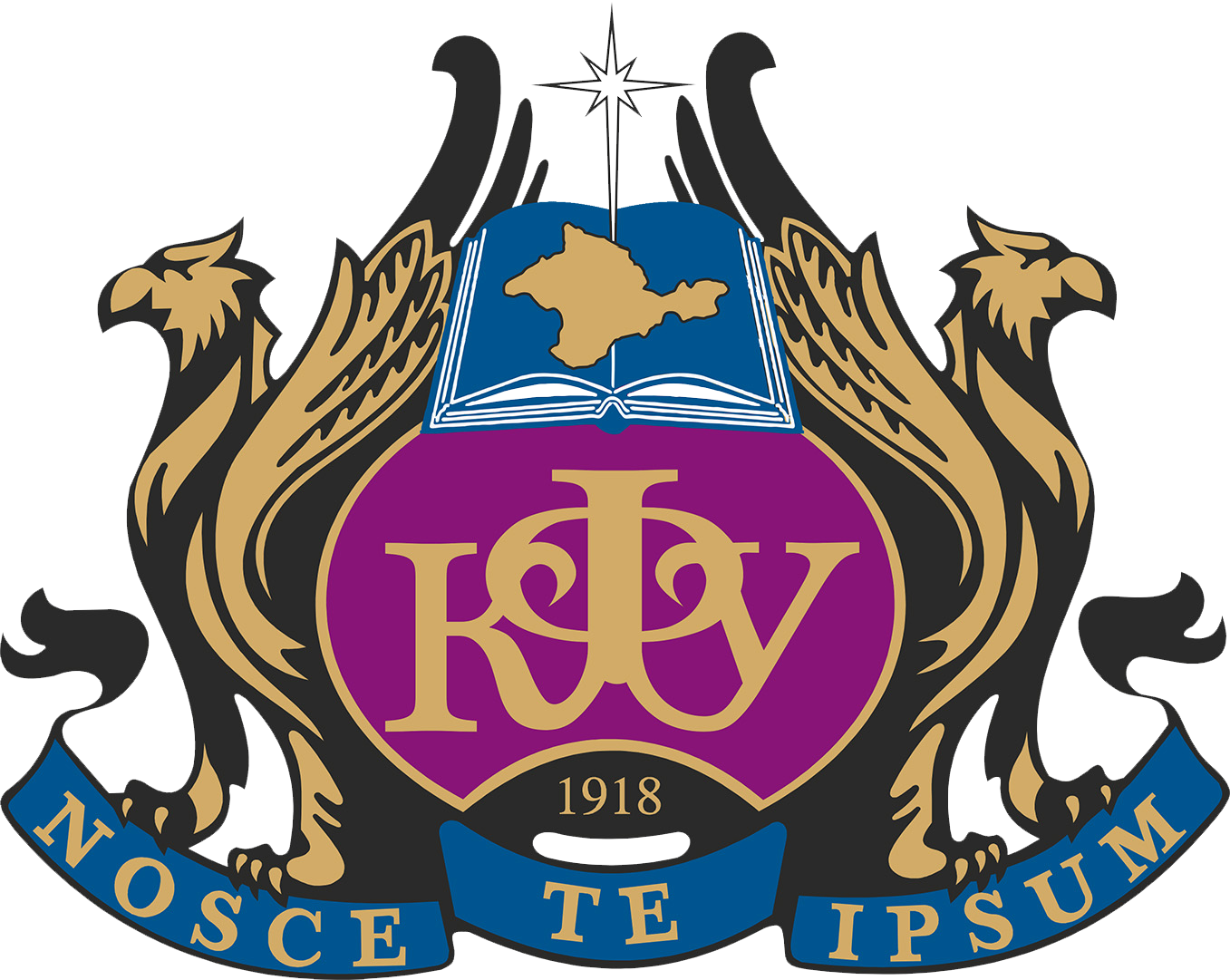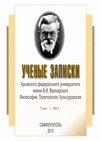The article examines the chess game in Europe during the Middle Ages, and its metamorphoses reflecting the socio-cultural and socio-political processes of that time. Chess came to Europe along with other achievements of Arab culture and science, after which it quickly became a popular phenomenon of the cultural life of that era. The contradictory relationship between chess and the Catholic Church has been constructively reinterpreted by using chess symbolism to demonstrate religious concepts. The subsequent changes in the chess rules reflected a number of realities of the cultural, religious and political life of the European Middle Ages. The appearance of the castling rule, the transformation of a bishop into a bishop, and a queen into a queen, while simultaneously changing the rules of their movement on the board, is in line with the dynamics of religious and political processes of that era. It should be especially noted that the strongest chess players of that time were representatives of Italy and Spain, the most culturally developed European countries of that era, in which the Renaissance era originated and flourished. All these facts show that the chessboard displays the sociocultural, religious and socio-political processes taking place in the Middle Ages.
Middle Ages, chess, religion, Isabella of Castile, Renaissance
1. Bernal Dzh. Nauka v istorii obschestva. M.: Izdatel'stvo inostrannoy litera-tury, 1956.
2. Ocherki istorii arabskoy kul'tury V–XV vv. M.: Nauka, 1982.
3. Sadyhova A.A. Iz istorii vzaimovliyaniy zapadnoevropeyskoy i arabo-musul'manskoy kul'tur // Lichnost'. Kul'tura. Obschestvo. 2008. T. 10. № 5–6(44-45). S. 321–332.
4. Pilavov G.Sh. Shahmaty kak otrazhenie social'no-filosofskih koncepciy epohi Prosvescheniya // Gumanitarnyy vestnik Donskogo Gosudarstvennogo agrarnogo universiteta. 2023. №1. S.12–19.
5. Pilavov G.Sh. Shahmaty kak otrazhenie kul'turnogo prostranstva arabskogo halifata // Izvestiya vysshih uchebnyh zavedeniy. Severo-Kavkazskiy region. Obschestvennye nauki. 2024.№ 3(223).S.31–36.
6. Neyshtadt Ya.I. Shahmaty do Steynica. M.: FiS, 1961.
7. Bahman L. Shahmatnaya igra v ee istoricheskom razvitii. Leningrad: Academia, 1925.
8. Pasturo M. Simvolicheskaya istoriya evropeyskogo srednevekov'ya. SPb.: Aleksandriya, 2012.
9. Novotel'nov N.A. Znakom'tes': shahmaty. M.: FiS, 1981.
10. Aleksandrovich G.S., Stolyar E.S. Mnogolikaya Kaissa. M.: FiS, 1989.
11. Suetin A.S. Laboratoriya shahmatista. M.: FiS, 1972.
12. Villari P. Dzhirolamo Savonarola i ego vremya. Tom 1. SPb: Gryaduschiy den', 1913.
13. O’Sullivan D. Changing the Rules in and of Medieval Chess Allegories // Chess in the Middle Ages and Early Modern Age A Fundamental Thought Paradigm of the Premodern World. Edited by Daniel E. O’Sullivan.
14. Mozheyko M.A. Shahmaty kak oznachayuschee: evolyuciya oznachaemogo v srednevekovoy kul'ture // Zhurnal Belorusskogo gosudarstvennogo universiteta. Sociologiya. 2021. №2. S. 64–79.
15. Vil'yams G. Shahmaty. Istoriya. Figury. Igroki. M.: Art-Rodnik, 2004.
16. Westerveld G. De Invloed van de Spaanse Koningin Isabel la Catolica op de Niewe Sterke Dame in de Oorsprong van het Dam en Moderne Schjaakspel. Amsterdam: Beniel-Spanje, 1997.
17. Yalom M. Birth of the Chess Queen: A History. New York: HarperCollins, 2004.
18. Prescott W.H. The Art of War in Spain: The Conquest of Granada, 1481–1492. London: Greenhill Books, 1995.
19. Polo de Bol'e M.A. Srednevekovaya Franciya. M.: Veche, 2006.
20. Davidson H. A short history of chess. New York: McKay,1949.
21. Reti R. Novye idei v shahmatnoy igre. M.: Russkiy shahmatnyy dom, 2009.





